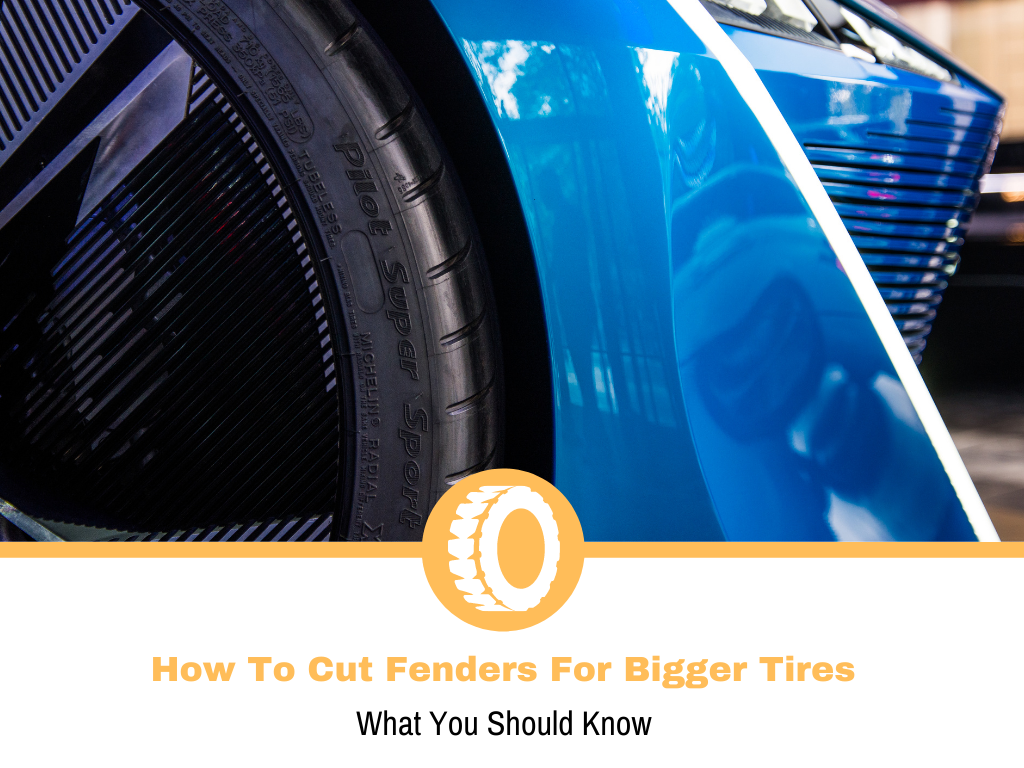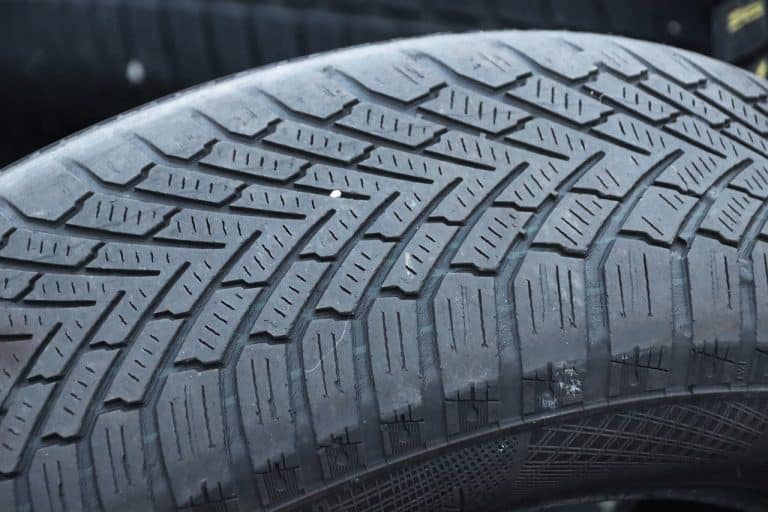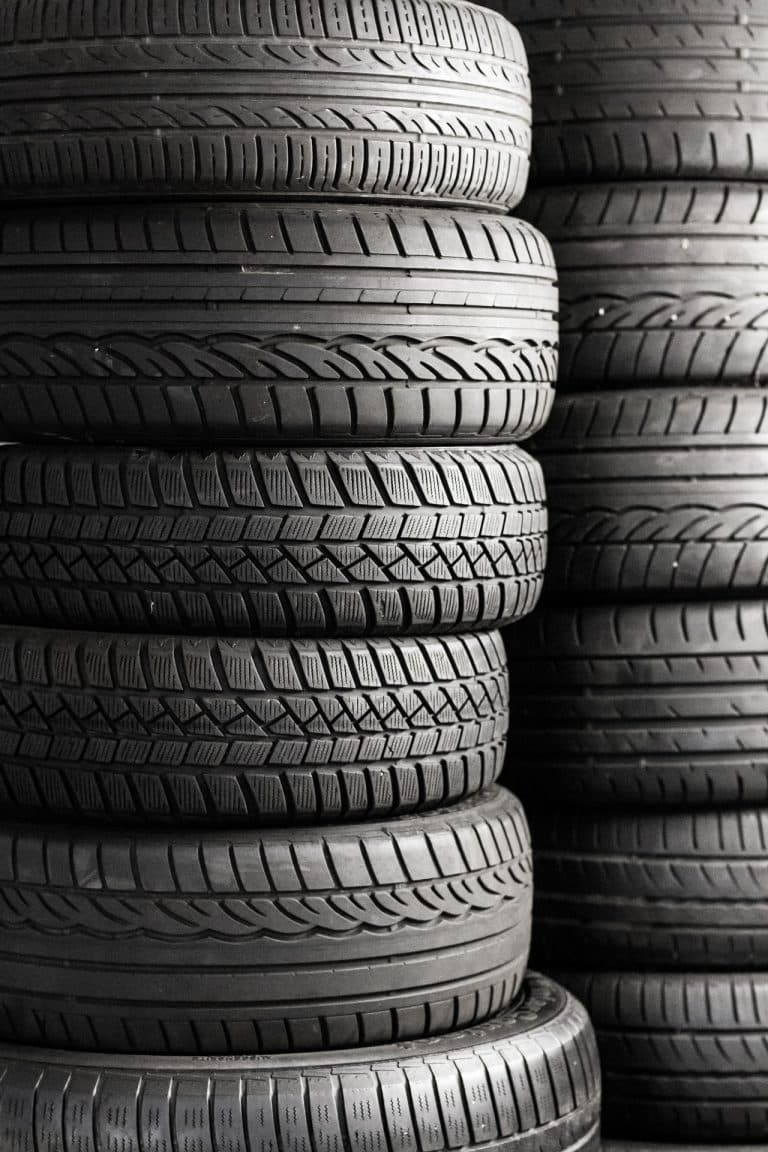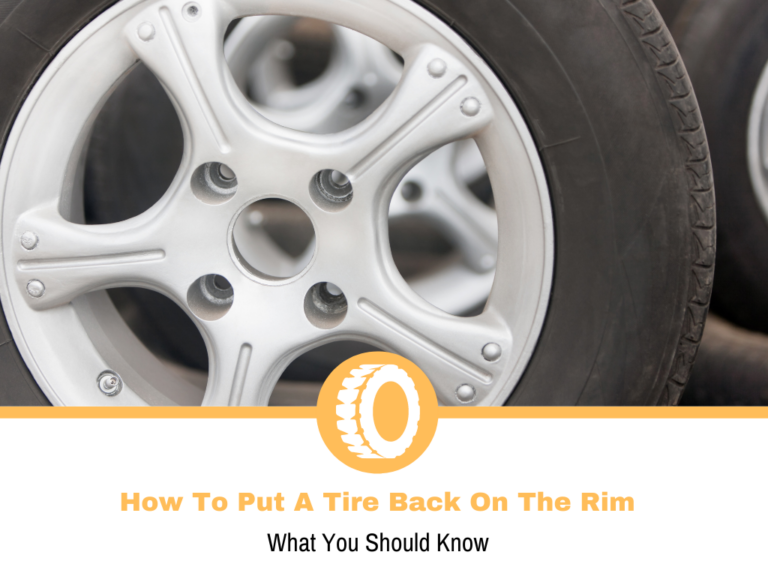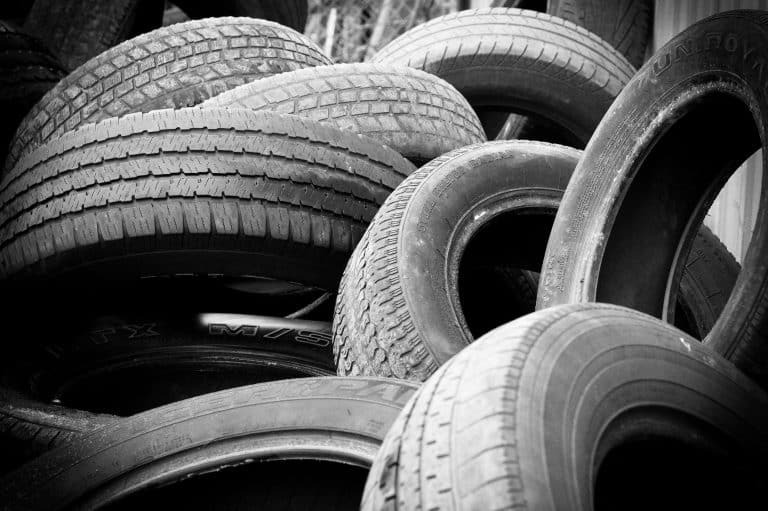How To Clean Brakes Without Taking Tires Off
Maintaining our vehicle can be a difficult and time-consuming task. Performing routine car maintenance goes beyond simply cleaning the vehicle with a high-pressure hose. The brake system is one of several components that must be maintained, but the wheels make the work more complex.
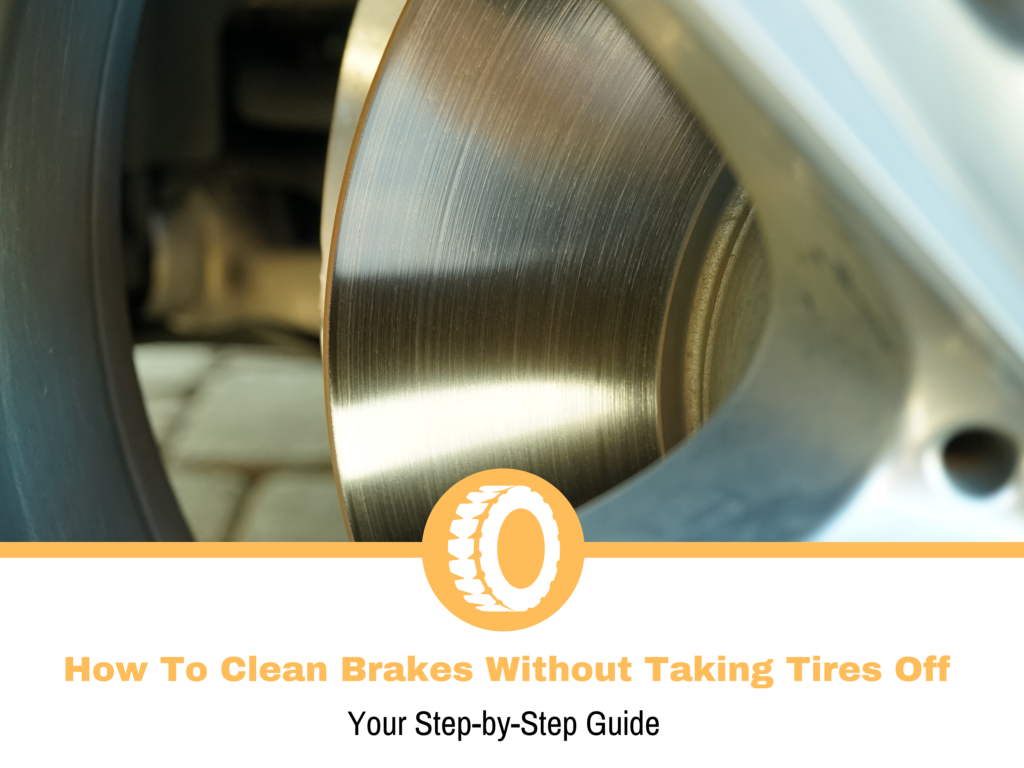
It is not possible to clean the braking system thoroughly if you are talking about a complete overhaul. When it comes to cleaning the rotor or other outer components of the brake system, however, this is definitely possible.
As you have probably seen through research, there aren’t too many papers that discuss how to completely clean brakes without having to remove the wheels from the vehicle. This is due to the fact that you simply cannot.
The brake system in your car is made up of several components, the most important of which are the rotor, the brake pads, and the caliper assembly. Remove the brake system components from their respective assemblies if you wish to clean them all thoroughly.
Cleaning the exterior of your vehicle’s brake system is easy if you follow the instructions provided below.
Cleaning Brakes Using a Wheel Cleaner and a High-Pressure Hose
There are a variety of items available on the auto care market today that make your maintenance task much simpler. Wheel cleaners can be found in your local auto shops, and they can assist you in cleaning out dust and rust from the outer area of your car’s brake disc.
Step 1: Purchase a wheel cleaner
When purchasing this product, you have a wide variety of options in terms of brand. If I had to give you any advice, it would be to use a product that does not damage the delicate finishes or paint on your wheels. In contrast to acidic solutions, PH-balanced solutions are less likely to damage the paint on your wheels.
Step 2: Spray the brake rotor
Spray the brake rotor and caliper assembly with the cleaning solution and let it sit for 2 to 4 minutes. You will see that the color of the area where you sprayed the solution will change as a result of the solution changing color.
Step 3: Rinse
Rinse the solution out with your high-pressure hose and you’re done! Your brakes will appear to be in good condition.
The Long Way to Brake Cleaning
A pressure hose is not always readily available when the thought of cleaning your brakes occurs to you. In addition, not everyone has access to a pressure hose at all times. If you are looking for an alternative method of cleaning your brakes, the techniques outlined below may be of assistance.
What you need:
- A jack
- A pan
- Brush with an abrasive substance
- Tire degreaser
- Using a spray bottle or a pump sprayer, rinse the solution.
- Towel made of microfiber
Step 1: Jack up the vehicle
Lift the vehicle safely off the ground with your jack until the tire begins to spin. The goal of elevating the car is to allow you to turn the tire while you are completing the cleaning operation underneath it.
Step 2: Place the drain pan in the desired location
Place the drain pan under the tire that you are cleaning and let it drain. This pan is where all of the liquids and residue are collected. With this method, you shouldn’t have to rinse the pan more than once.
Step 3: Spray the cleaning solution on the surface
Clean the brake rotor and caliper with the cleaning solution of your choice by spraying it on them. As is always the case, it is better to choose a solution that will not damage the paint on your wheels.
Step 4: Remove the dirt using a brush
Apply pressure to the rotor and caliper of your brake system with your scrub brush until you are assured that all debris and dust has been eliminated. As you do this, rotate the tire to verify that you have covered all of the necessary regions. It’s possible that you’ll need another brush to get to the deepest sections of the caliper.
Step 5: Spray the rinse solution on the surface
After you’ve had a good time scrubbing away the filth, spritz over the rinse solution to remove any remaining residue. It is possible to use a pump sprayer to apply extra pressure and pour the dirt down into a pan if you believe it did not do the task properly.
Step 6: Excess water should be wiped away
Take out your microfiber towel and use it to wipe away any remaining drips of water from your brake rotor and caliper. It may be necessary to give the tire a few turns to ensure that any trapped water drains out and is captured by the towel before using it.
Step 7: Jack down
Take a deep breath and jack down. Lower your vehicle to the ground, keep your jack in place, and get ready to roll.
It is advantageous to use this procedure since it allows you to clean the other portions of your wheel at the same time as you clean your brakes. You can use the same items to clean your wheel arches and tires as you would for your car.
How Frequently Should Brakes Be Cleaned?
Whether we like it or not, dirt and dust collect around our brake system, making it uncomfortable to look at. The changing weather is the most significant determinant in the appearance of dirt and grime in our brakes. When it comes to cleaning the brakes on our automobiles, a standard car wash will not always do the trick.
It is possible that rust could develop on the brake rotor over time, which would make your brakes appear unsightly. And that brings us to the major question: how often should you clean your brakes?
Car repair companies typically recommend that you clean your braking system at least once a year, if not more frequently. Others recommend that you check your brakes when you reach 5,000 to 7,000 miles, which is every four to six months. Once or twice a year is the ideal amount of time. That is correct if we are talking about a complete cleaning that includes removing the wheels and properly cleaning each component of the brake system in question.
The part of the brake that we can see with our naked eyes or the outward area of the brakes, should be cleaned as often as possible to keep it in good working order. Brakes can become soiled in a short period of time. If you’re driving in the rain or on a bumpy route, your brakes can soon become unsightly.
The most effective method of keeping your breaks clean is to begin from the outside. Whenever you notice that your brakes are dirty, reach for your high-pressure hose and spray your brakes with it. It’s possible that it’ll be that simple. In order to avoid more serious problems, it is important to maintain them clean. When washing a car make it a point to inspect them and determine whether or not they require extensive cleaning.
How Much Does it Cost to Have Brakes Cleaned?
Cleaning the brakes’ outside surface is something that everyone can perform with a little effort. Sunday afternoons are ideal for dedicating an hour to completing a project like this. Although, you can hire someone to complete the task for you, for a price, if you so choose to do so.
Cleaning the entire brake system, on the other hand, is time-consuming, and it is better that you get a professional to perform it for you. Due to the fact that you must totally disassemble your brake system and dismount your wheels, this is not a simple procedure.
As a result, hiring a mechanic to complete the task for you may be your best alternative. Because after all, you only need to do this once or twice a year at the very most.
The cost of a brake is approximately $80 to $120 per brake, on average. As a result, you should be prepared to spend at least $500 to receive thorough service. The given value does not even include any optional items such as brake fluid, brake pads, or any other components that may be required to be replaced after the vehicle has been purchased.
It is true that cleaning those brakes is an expensive endeavor. The brakes on your vehicle are among the most important components. Your safety is dependent on the function of your brakes, therefore keeping them in good working order is an important component of your protection.
Conclusion
Cleaning the outside of your brakes is a simple process. You could utilize wheel cleaning products in conjunction with a few simple measures to complete the task at hand. As a result, you are free to repeat the process as frequently as you choose.
However, without removing your tires, it is not possible to perform a thorough maintenance cleaning of your brakes. During the procedure, you will need to disassemble your brake system, which you will be unable to perform without removing your tires.
For complete brake cleaning (including all of the components), it is recommended to have a mechanic perform the task for you. The work is difficult to do and necessitates the use of specialized knowledge. It does put a strain on your finances, as you must budget at least $500 for a comprehensive service, not including any additional fees.
However, it is not necessary to do so on a regular basis. Once or twice a year should be plenty to ensure that your brakes continue to work at their optimum levels.
